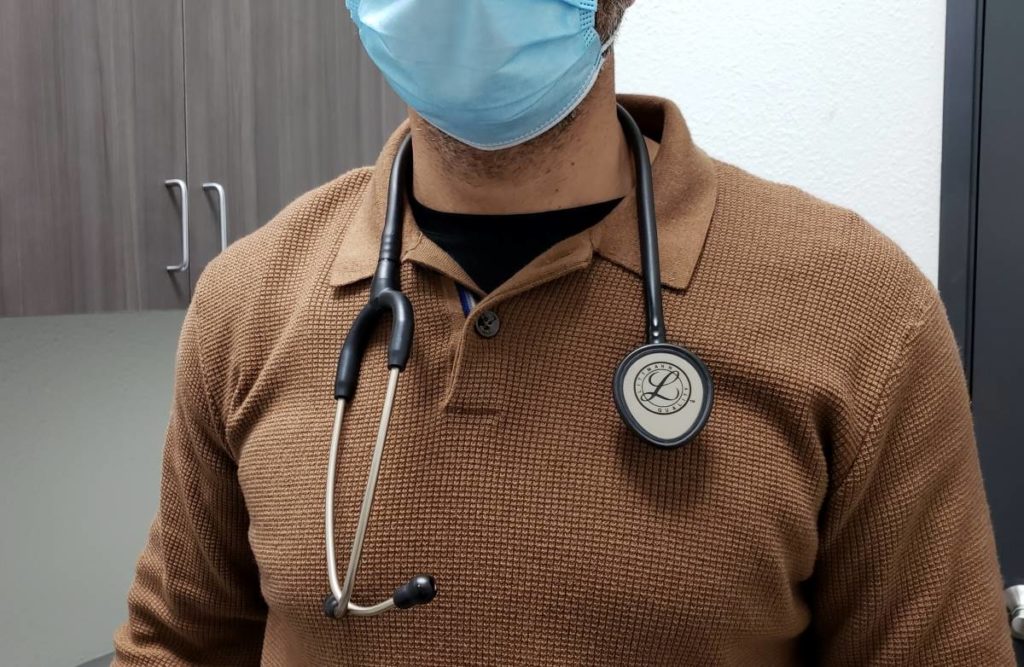Seriously. Make plans now, you’re gonna die. There are enough stories of people who receive Alzheimer’s or other diagnoses from medical professionals in a similar fashion. They leave the office frozen. Lives turned upside down. Hopeless. They re-hear those devastating words and walk around distraught, confused, and depressed.
Doctors and other medical professionals have great difficulty in expressing what we may consider, bad news. However, not all bad news is bad. There are patients and their families who find relief in finally getting a diagnosis. For example, after their loved one, who’s been a model of timeliness and reserved emotions, consistently forgets things and acts out.

Doctor, How Do You Present Bad News?
Do you postpone telling your patient?
Do you skirt around the issue with words that have little meaning, if at all?
Do you talk to the family member and ignore the patient?
Do you throw your hands up in frustration and blurt out the devastating diagnosis?
Breaking bad news is an art, not only in medicine but all facets of life. There’s no getting around it. Your words and delivery will create a ripple effect—repeated countless times by the patient and family. Oftentimes, the manner in which you convey your diagnosis has greater weight than the actual diagnosis. Done poorly, it will hamper your patient’s well-being and quality of life.
Why Do Doctors Have Such a Hard Time?
No one likes presenting bad news. You’re going to die… soon. We’re a world that tries to turn a blind eye, until we can no longer ignore something.
Doctors are like everyone else. And while medicine remains a practice (not yet perfect) your doctor may wonder: What if I am wrong? She is a young and active person. I’ll see her again in three months.
Likewise, patients don’t want to face the trauma of a possible illness. They postpone getting a checkup. Caregivers are especially prone to putting off self-care while feeling overwhelmed with 24/7 caregiving.
In six months, when the patient returns having delayed the three-month appointment, the doctor turns to the patient’s family member to deliver the grim news, “Your wife/mother has dementia… likely of the Alzheimer’s type. You should get your affairs in order, soon.” The doctor then rises and leaves the room.
The family is in shock.
If you are a medical professional who must present bad news to a patient, a minute or two of forethought can make a life-changing difference. A deep breath to fill your heart with compassion. Making eye contact and connecting with the patient to learn how life has been in recent months. Listening. Really listening. Imagine having to deliver bad news to a beloved family member or friend. How would you present a terminal diagnosis to your parent, spouse, child, or dear friend? These steps take a few minutes longer; yet, will make the world of difference for the family.
The good news… It gets easier with practice. Here are two recommended approaches. Customize these to feel comfortable for you.
SPIKES or Giving Patients BREAKS
Among the hundreds of patients doctors see each week, only a small fraction require the additional time to apply one of these protocols.
The SPIKES protocol includes establishing the Setting (face-to-face), and assessing the patient’s Perceptions. Then you may Invite the patient to let you know whether or not you can share the diagnosis. If the patient agrees, you can also share Knowledge via more information about the disease or illness. Finally, you can Empathize by sitting with the patient and family for a minute to allow them to process the information and even grieve before Strategizing with them on how to proceed.
In addition to the SPIKES Protocol, doctors have another option to give their patient some BREAKS.
The BREAKS protocol includes the doctor gaining knowledge of the patient’s Background to consider how to approach the diagnosis. Rapport is critical along with unconditional regard. Explore patient’s concern and current knowledge before Announcing the diagnosis with the patient’s consent (some patients may not be ready to hear it nor want to). Kindling the patient’s processing of the diagnosis with open questions to assess understanding. Finally, Summarize the highlights with treatment or other plans.
Good communication has a therapeutic effect on patient and delivers better outcomes.
Related Articles
Patient-Doctor Partnerships: A Recipe for Better Medical Care
Ageism in Healthcare—You’re Old, Accept It
Rx for Communicating with Your Doctor/Patient
You’ll have greater health outcomes and patient satisfaction by greeting your patients from this perspective.
Print this and share with the medical professionals in your life.








